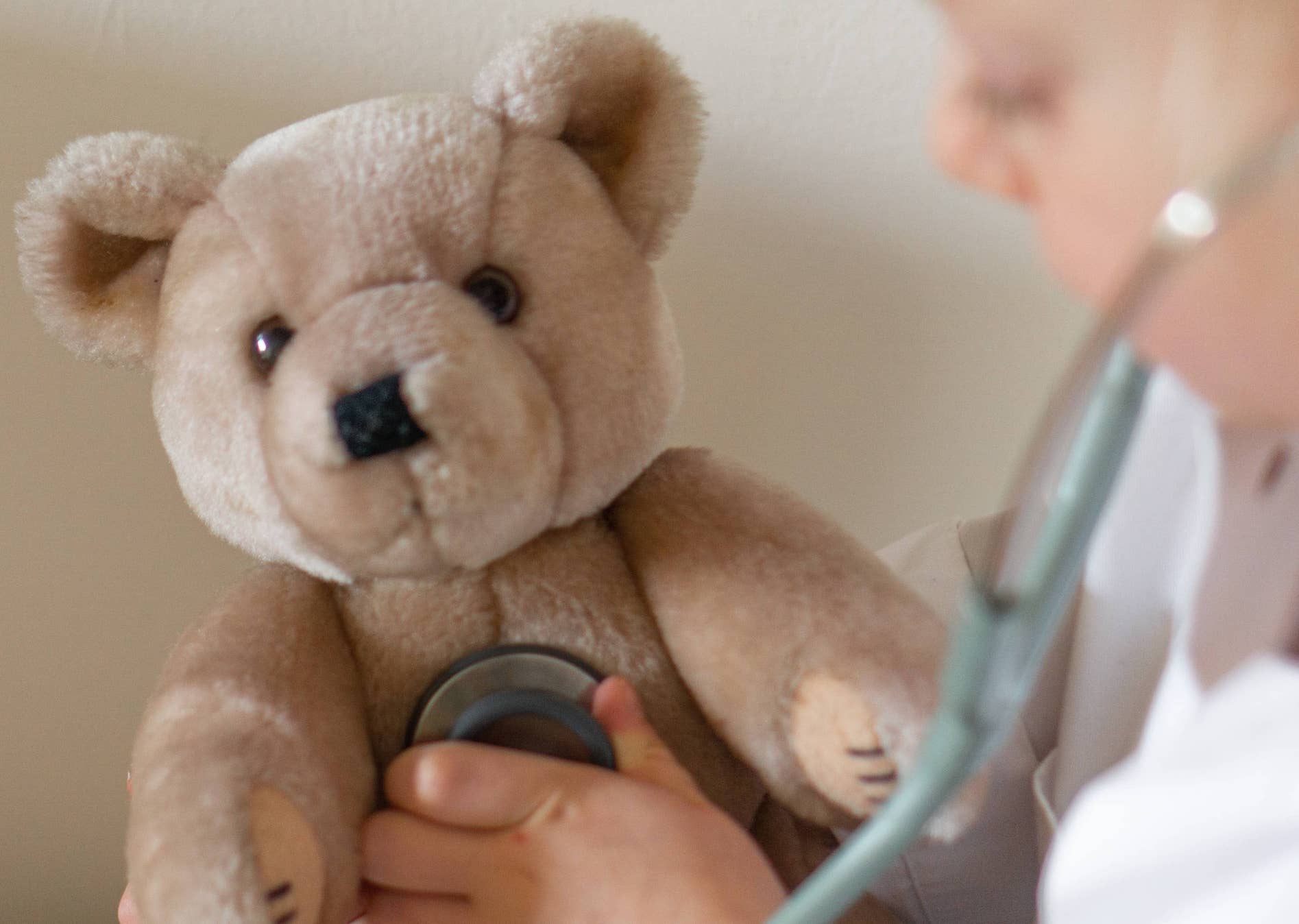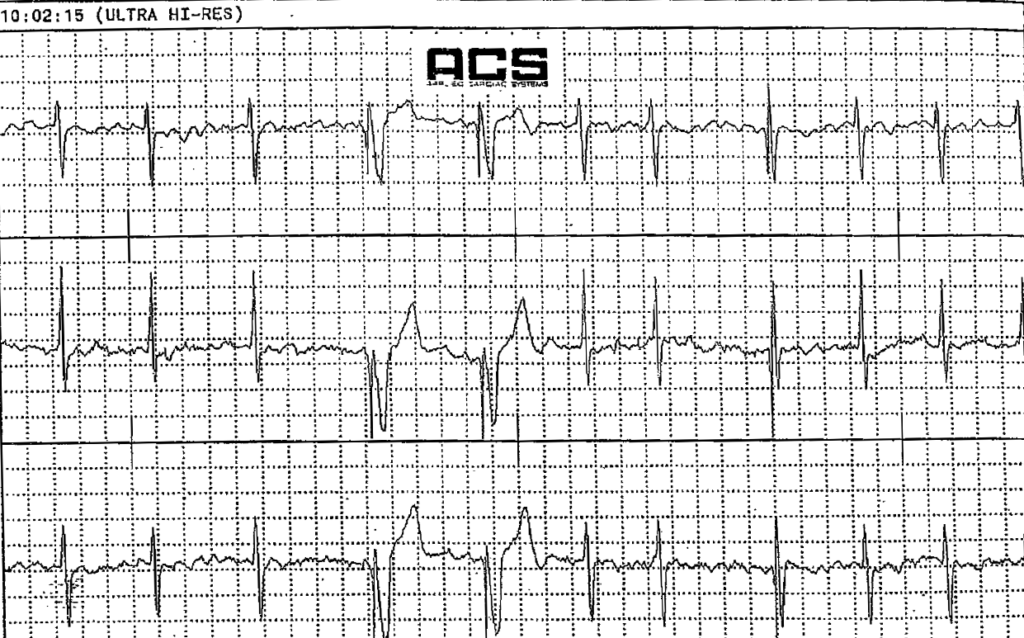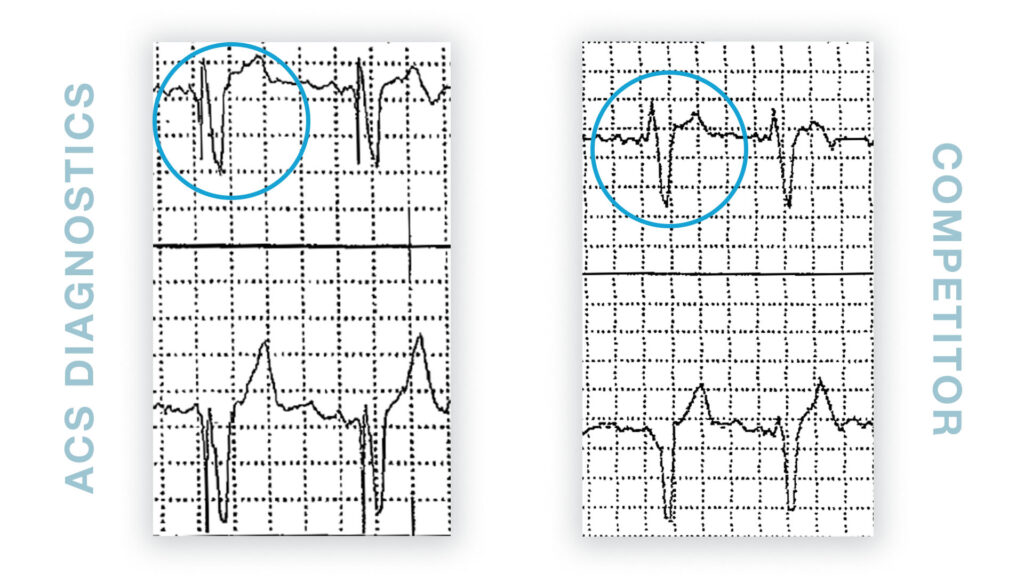
Are You Using a Toy Product? Seeing Past the Bells and Whistles
The ECG monitoring industry is full of products claiming that they provide beat-by-beat analysis, automatic event detection, and accurate data. However, the truth of the matter is that many companies try to get into the ECG monitoring industry to make a quick buck, and don’t last long. They create flashy products claiming all sorts of things, that they changed the game and theirs is the only monitor you need.
But the question is, behind all of the bells and whistles, what do these products actually do? Do they deliver true ECG, that allows for a quick and accurate diagnosis, or are they toys that flash by and make a quick buck off of your patient’s health? In this article, we will look at how to identify what a “Toy Product” looks like, and how you can be sure that the monitor you put on your patients delivers accurate and quality data.
How do you identify a “Toy Product”? There are a lot of products out there with bells and whistles, claiming an easy and quick solution to ECG Monitoring. They claim that they can give you a good diagnosis with their algorithms and methods. But what are they really offering? How can you tell what products will provide the best quality of care for your patient? How can you identify a product that provides the clearest ECG for the most accurate diagnosis?
You should be able to see every single beat for the entire period.
The first giveaway of a “Toy Product” is anything that gives a “Doc-in-the-Box” automated interpretation without verification. The physician should be able to easily and quickly obtain Full Disclosure, and if it is not provided, that is your first clue.
You should be able to see every single beat for the entire period. You should not have to rely only on the interpretation of the “Doc-in-the-Box”.
Filtered Artifact
One of the key identifiers of a toy product is that you do not receive the original waveform. In order to record for a longer period of time, many companies take a sampling of the actual recorded waveform. They take an image of the beat and say, “This is X.”
However, the truest diagnosis requires the original waveform, which is the ECG recorded directly from the patient. This means every beat, unfiltered and in context. Medicare embraces this, including the original waveform as a requirement for CPT Code billing: 93224 for Holter, 93268 for Event, and 93228\93229 for MCT.
The physicians don’t receive anything from these codes with the “Doc-in-the-Box” products. These products only show a sampling of the waveform, and the companies maneuver to keep the billing in their hands.
Why would you assume that the algorithm is going to be a hundred percent accurate, a hundred percent of the time? Good medicine is not made on assumptions.
The original documentation from Medicare emphasizes the original waveform. However, how many companies out there truly give the original waveform? There are companies that claim they do, but this is often not a complete truth. Almost no one provides full disclosure and if they do, it’s very difficult to get. The majority of the time, they download and delete the data, only giving a sample in their reports.
ECG Monitoring companies may claim they are recording the original waveform, but the waveform goes through filters. Those filters can often remove the artifact. This could be any number of things: flatline, lethal heart arrhythmias, heart-stopping, V-tach, A-Fib, or really fast runs of SVT.
Why would you assume that the algorithm is going to be a hundred percent accurate, a hundred percent of the time? Good medicine is not made on assumptions.
Incomplete Pictures
Another defining factor of a “Toy Product” in ECG Monitoring is that it records less than 96 samples per second in wave form reproduction.
ECG Monitoring companies that sell toy products want to jump in really fast and offer rapid solutions. They have engineers that say, “It’s just sine wave. Take the sine wave and put it in certain categories. It can be spliced up and recreated to look like this and no one will be the wiser because they think that is what the waveform looks like.”
But it doesn’t. Anything less than 96 samples per second can be an incomplete picture. There is so much within waveform that tells the story of what is happening in your patient’s ECG. It is essential to be able to see the clearest representation.
For instance, fingerprint technology takes a couple of samples, a couple of landmarks in your fingerprint, and says those landmarks cannot be duplicated in any other fingerprints. This technology works for fingerprint purposes because it’s actually an image of a pattern that doesn’t really change unless there is injury. That is why with fingerprinting, they take several different landmarks to identify a unique print.
In contrast, with waveform, an electrical signal, there are microscopic changes that can alter the preview into what’s actually occurring in the electrical system. This landmark system should not be used on a waveform that can constantly change and fluctuate.
The Importance of Tiny Deviations
Your heart has certain electrical pathways. If there’s a disruption within one of those pathways–it creates a different pattern and a different electrical signal.
A cardiologist knows those variations and disruptions. That is their world.
This is the subject they know, and what they have devoted years to study. As a result, they recognize what a tiny deviation of the signal is.
Ninety percent of the ECG monitoring companies have a resolution of 56 samples per second. I would guarantee that all of the patch companies do. That’s the key as to why they are able to stretch their batteries out for 14 days: they record samplings of samplings.
However, to a cardiologist, those little signal deviations, or areas of resistance, are indications for disease in certain locations of the heart. Not getting a clear picture or getting a lower sample rate with even the slightest deviation in the ECG can disrupt the report. Because of this, it is essential to produce high-resolution wave form.
The truth is, when you take all the whistles and bells away; it comes down to who’s reproducing the ECG in its clearest form.
Side by Side Competitor Comparison
Here is the essential question: Why is this accepted?
Why are we ok with imperfect wave-forms?
Many doctors don’t know this. But why don’t they accept this? Seeing is believing. In the image below you can see evidence of a test conducted at a doctor’s office years ago.
ACSD Report

Competitor Report

In this test, myself and a competitor did a side-by-side test comparison. We applied both of our monitors to the patient, and sent the patient out the door to be monitored for 24 hours.
I told the doctor, “Listen, I get that they are a cheaper price. They have a prettier report. I get that they have a ‘cuter’ device.”
“However, the fact is, is what you’re getting as a report more accurate? You’re diagnosing a patient from only the waveform. If I can prove to you that the quality of the waveform on our device is more accurate or more valuable than the quality of waveform on their device, would you buy it from me?”
He said, “Absolutely.”
The truth is, when you take all the whistles and bells away; it comes down to who’s reproducing the ECG in its clearest form. You need an invaluable tool that you are going to use on a daily basis, and that’s going to be ACS.
I call it “Seeing is Believing”.
Double Crossed by the Competitor
Myself and the competitor hooked up the same patient with two monitors for 24 hours.
The idea was that we would come in together and do a head to head when the patient returned, showcasing our ECG side by side for the doctor to compare. We would be there simultaneously, download the report together and the doctor could compare how long it takes, the accuracy of the report and what has to be done to get the report.
The competitor agreed to it.
However, when the patient came back, the competitor ended up cutting out and coming in earlier in the morning, before our designated meeting time.
They sold the doctor by saying, “We don’t want this to get nasty or confusing. We know your staff probably doesn’t have time. Why don’t we just come in earlier before lunch and he can come in after?”
The doctor agreed, and the competitor came in before the scheduled time. They gave the doctor their downloaded reports and he loved it.
When I got there to set up, I noticed the competitor wasn’t there and asked if we were waiting.
The doctor said, “Oh I already have a report from them.”
“Wait, I thought you wanted to compare?” I asked.
“Yeah, but it’s irrelevant, just show me the report.” He responded. He had already made up his mind, and wasn’t really interested in what I had to present.
I generated the report and I handed it to him.
He responded, “Yeah, I like their report more.”
The “Toy Product” Came up Empty
I showed the report to him. “But look at what I found. What did you find in their report? Do you mind if we go over them?”
“Sure, it’s a normal sinus, kind of boring scan.” He said.
“That’s interesting, because my report shows that there is a bundle branch block and there was PVCs and SVTs.”
“No, no,” The doctor responded dismissively, “It’s not the same patient.”
We went over both reports. The start times, end times, and where the patient hit the event button were exactly the same.
Their report showed normal sinus rhythm.
Our report showed several areas where they hit the event button, and it revealed clear issues. When you hit an event button, two minutes of data is captured. Some companies may do 30 seconds or a minute, but ACS Diagnostics does 2 minutes. That 2 minutes is displayed in a context of 5 minutes on a screen in a form called paging. In this patient’s case, we paged it, I identified it, and narrowed the 2 minutes down to an 8 second strip.
I showed him, “Do you see what’s happening here? It’s paced beats”
And they didn’t catch it.

This is why it is so important, so essential to get the highest resolution. This is what every doctor needs to know.
Generating True Reports
There is a certain resolution that is required to make accurate diagnoses.
Inaccuracy happens when you have the “Doc-in-the-box” algorithm that makes decisions for the doctor. It gets even worse when you add a low resolution in the “recreation” of the waveform.
The doctor has been a happy customer of ours since 2003. The reality is that although we were a bit more expensive than our competitor, but it came down to accuracy and verifiability. If the doctor signs off on a report generated by a “Toy Product”; he can be signing off on a report that he knows nothing about.
Toy Products are just that–Toys. They look good, have bells and whistles, and may flash by appealingly. They may look and sound like a great product to use. However, at the end of the day, it comes down to this question: Are you getting good results from your Holter system?
Joseph Yanes, Vice President
